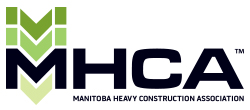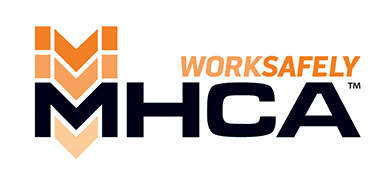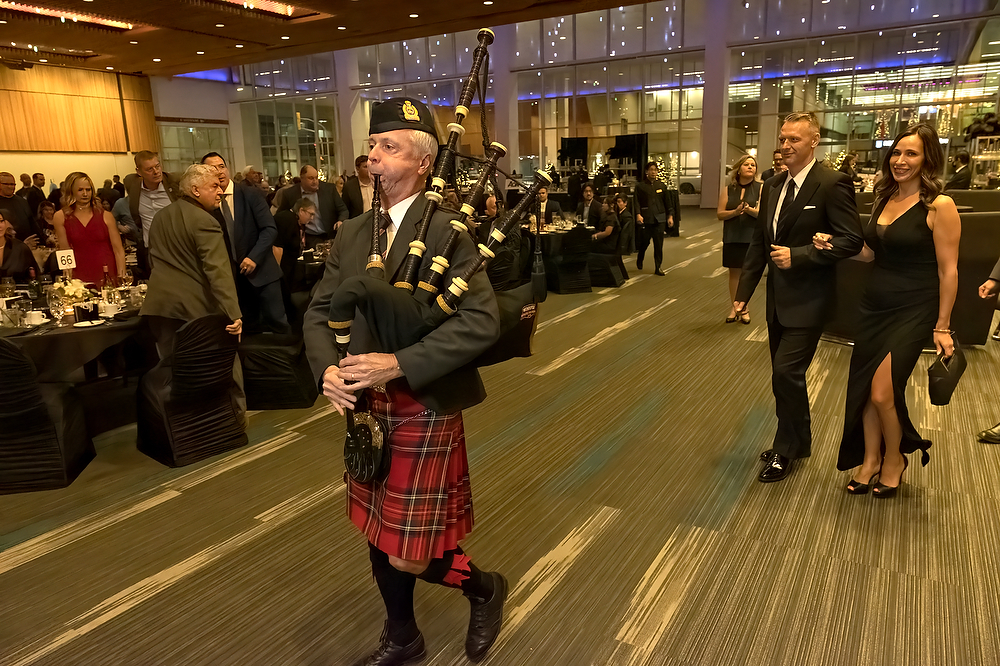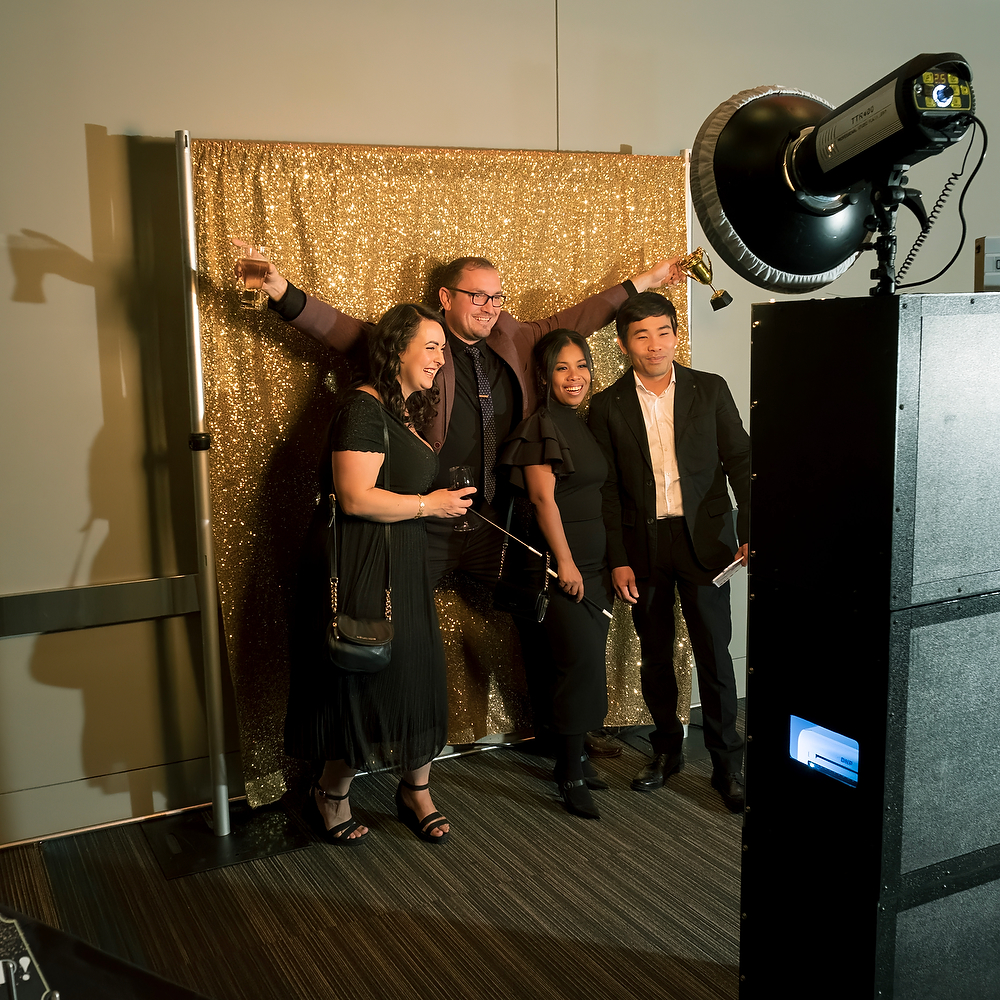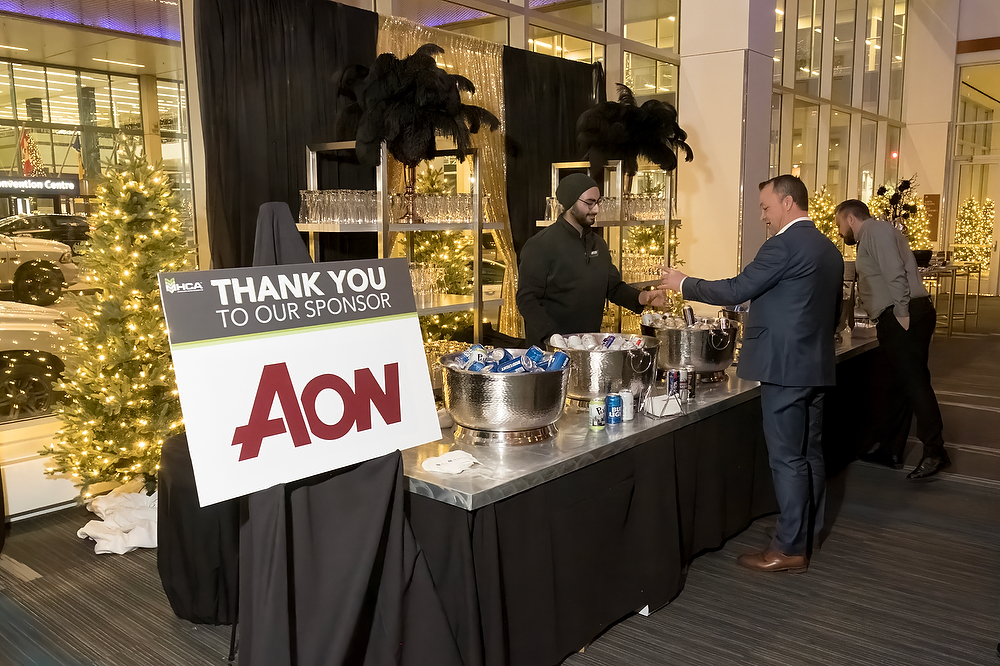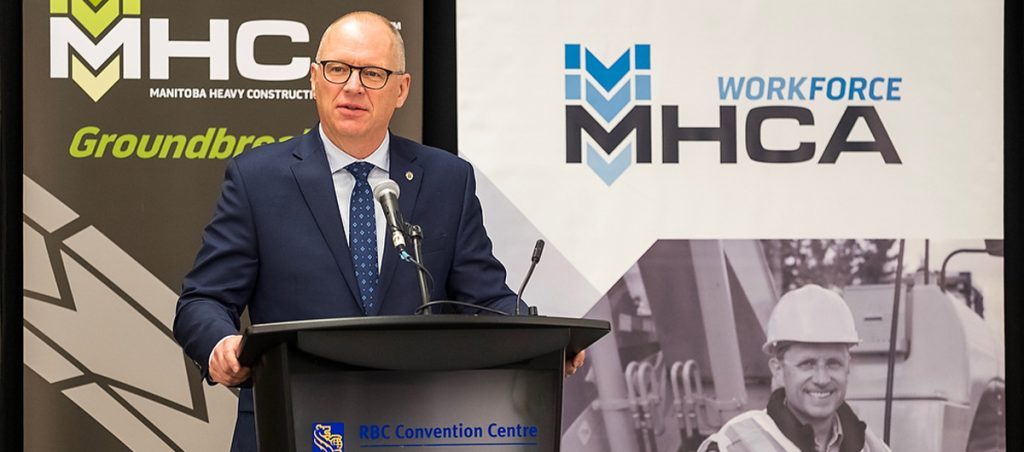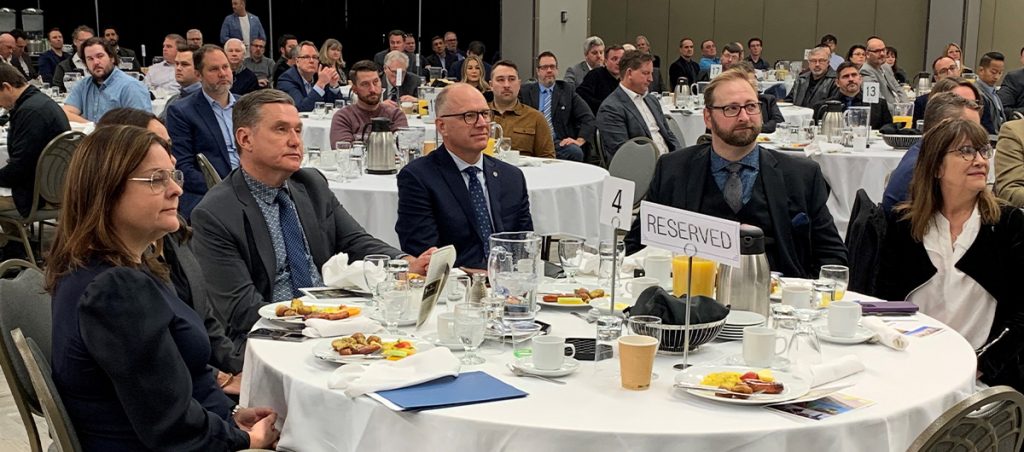ATV required to drive these streets: Lorenc
The inadequacies of the street repair funding model have created a road system so badly pocked you need an ATV to drive on it, says MHCA President Chris Lorenc.
Lorenc has made this observation in a series of interviews this week, including on CBC Radio and on CJOB. He was asked to comment on the condition of Winnipeg streets this spring, where some potholes have grown to the size of trenches. Abandoned vehicles with blown tires and bent rims are regularly spotted at the side of regional roads.
Many roads — Route 90 north and south, Leila, Bishop Grandin @ Pembina, Ness @ Whytewold, St. James Bridge, and McPhillips, for example – have deteriorated to the point vehicles are slowing to a stop, or motorists are avoiding the routes all together. Cyclists are at elevated risk, as many of the potholes at the curb-side of a lane.
While regional roads, which carry 80% of daily traffic, draw the bulk of complaints, Winnipeggers are acutely aware of the parlous condition of residential streets.
Lorenc said the state of repair, especially bad this spring due to weather conditions, reflects insufficient revenues and annual street repair budgets, year by year. It is not an issue of capacity within the heavy construction industry.
The problem is that all municipalities, not just Winnipeg, are stressed to find the cash to maintain public infrastructure. Municipalities own the majority of public infrastructure but get a fraction of revenues raised annually through taxes. There must be a re-negotiation of the sharing of tax dollars, updating the fiscal relationship between levels of government, which was created at the turn of the century, Lorenc explained.
“I don’t think there’s any questioning that there’s an insufficient amount of dollars allocated to address the problem,” he told CJOB 680 Monday afternoon.
“The share that municipalities receive of tax dollars is miniscule as compared to the enormous responsibility they face, relating in particular to infrastructure.”
A new fiscal deal must be negotiated between the three orders of government to share those tax dollars fairly, he said. As well, the revenues from the federal and provincial gas taxes need to be fully dedicated to roads.
That was once the intent of the federal gas tax, but over the years that revenue has been diverted to purposes in addition to roads.
“The outcome of that is a system that requires ATVs to drive upon.”
Highways in North Dakota, with similar weather and soil conditions, are noticeably better because the U.S. has a federal highways trust fund, which sees revenue transfers to both the state and local governments. Revenues for the fund come primarily from federal taxes on gas and diesel.
That means the state and local governments have a steady, dedicated and predictable stream of revenue that augments their own taxes for road renewal and construction, Lorenc noted. Canada has a gas tax fund, but provinces and municipalities don’t have to spend those revenues on road renewal.
In 2013 and 2014, Winnipeg City Council adopted a policy framework to bring roads to good condition (renewal), implementing a 2% annual tax hike on residential properties. It was to be dedicated to local and regional street renewal and, with other revenue funding sources, intended to bring the renewal program to a “sustainable” level by about 2022.
However, the program’s revenue sources have changed over the years and, further, the reserve now also funds bridge repairs. As well, councilors have increasingly called for using the reserve to fund other priorities, such as active transportation, recreational facilities and trees.
While City Council presents the road renewal budget each year as reaching “historic” levels, the program falls short of its target funding level and is no where near eliminating the deficit in funding required to bring roads to good condition.
The Public Works department is preparing an “update” to the street renewal funding model, which should be released soon.
Lorenc agrees the funding model needs an update, given the erosion of the original plan and the fact the local and regional road renewal reserve built by the 2% property tax is no longer dedicated.
But if Winnipeggers are asked, in the revised funding model, to accept their streets can’t be maintained in good condition, then City Council should reject that proposition.
He calls on City Council to lead the charge for a new fiscal deal from the province and, by extension, the federal government.
“We shouldn’t have to risk severe damage to our cars when we drive to work or school each day. And cyclists shouldn’t be risking life and limb when sharing the road. It’s unacceptable to say ‘you’ll just have to put up with lousy streets.’”
Listen to the full CBC Radio interview here.
Check the City’s rating for your street or regional road condition here.
